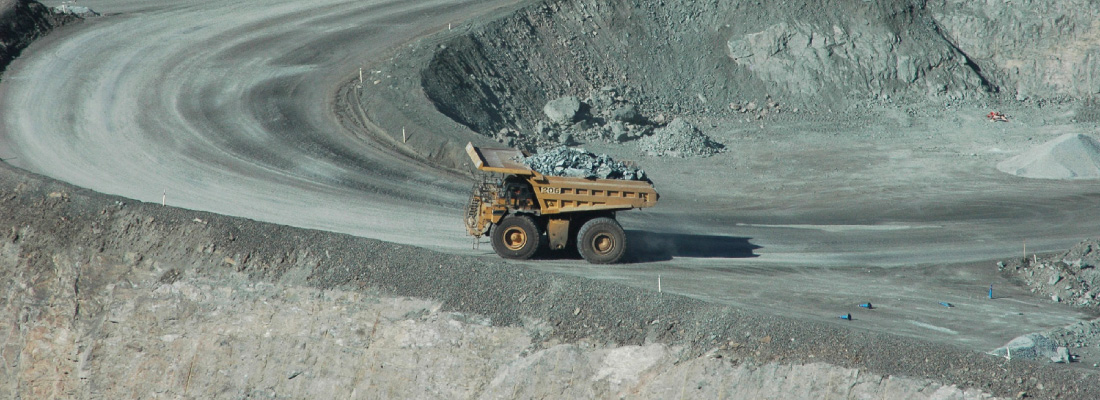December 2014

Miner loses BI appeal
WA’s Appeal Court has dismissed a mining company’s appeal against a Western Australian Supreme Court’s interpretation of how its business interruption (BI) claim would be calculated.
Appeal Court President Justice Carmel McLure, with whom Justices Michael Buss and David Newnes agreed, dismissed Birla Nifty Pty Ltd’s appeal, but was critical of the policy wording, which she said was “not particularly user friendly”.
Lloyd’s underwriter International Mining Industry Underwriters Ltd’s (IMIU) contract, as lead insurer, covered Birla’s WA Nifty Copper mine and its Mt Gordon mine, in Queensland, against property damage and BI from March 31, 2008, to March 31, 2009.
Birla experienced a BI loss after the WA mine’s gas supply was cut off by a June 3, 2008, explosion at Apache Energy’s Varanus Island gas facilities.
IMIU rejected Birla’s claim, saying it was below the excess. At trial, Birla sought a declaration ‘annual value’ in the excess clause meant the mining site’s gross profit following the damage event or the policy’s inception. IMIU argued it was the site’s declared value.
The excess clause specified Burla would pay $1 million for material loss or damage for each loss or series of losses arising out of any one event.
The consequential loss section was worded: “Thirty days each and every loss or series of losses arising out of one event calculated at 30 times average daily value, but increased to 90 days average daily value [for] loss or damage to pinions, gears, rotors of SAG/ball mill where no serviceable spare retained on site and to conveyor gearboxes at Nifty Copper Mine where no serviceable spare exists on site.”
It said average daily value (ADV) was the annual value of the site affected, divided by 365.
The policy wording did not define ADV or annual value, but the placing slip said the declared value for Nifty Copper’s BI cover was $305 million.
Trial judge Justice Stephen Hall had rejected IUMI and Burla’s definitions of annual value and suggested it was the value calculated on the site’s pre-event gross annual profit. But, “as neither party embraced that alternative, the primary judge made no final determination as to the meaning of the excess clause”, Justice McLure said.
“Both parties accepted that the language of the insurance contract is ambiguous or susceptible of more than one meaning and thus evidence of surrounding circumstances known to both parties is admissible to assist in its interpretation.”
Justice McLure found the expression 'annual value' in the excess clause meant the estimated value of gross profits and payroll for the 12-month period of insurance. She said Justice Hall had correctly identified the “compelling reasons” for rejecting Burla Nifty’s constructions of the excess clause.
But she said none of the difficulties he identified with the insurer’s interpretation, individually or collectively, stand in the way of its declared value construction of the excess clause.
“Accordingly, the primary judge ought to have concluded that 'annual value of the site affected' meant, for the Nifty Copper mine, the estimated gross profit and payroll of that mine specified as the declared value in the placing slip.”
That meant it was unnecessary to consider IMIU’s argument on estoppel, but Justice McLure did so. She said: “The real thrust of [IUMI’s] claim is that … [Burla Nifty] got a benefit, being a renewal of its insurance, which would otherwise have been denied to it. Estoppel is not concerned with the prevention of benefits to the defendant but with the avoidance of detriment to the claimant. The estoppel claim must fail.”
(Birla Nifty Pty Ltd v International Mining Industry Underwriters Ltd [2014], WASCA 180, 08/10/2014; Birla Nifty Pty Ltd v International Mining Industry Underwriters Ltd [2013], WASC 386, 20/12/2013)